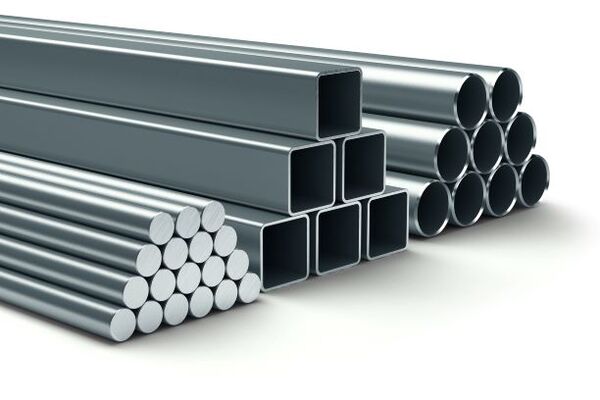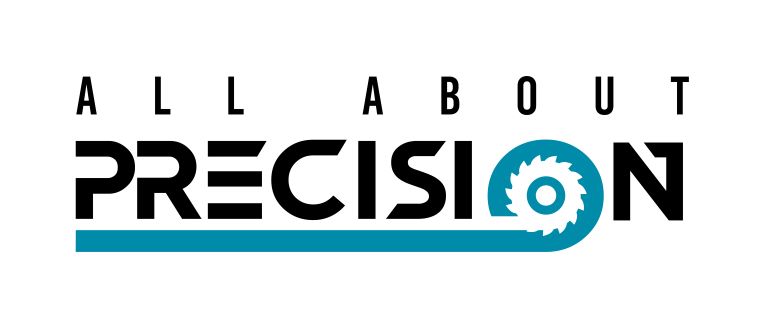
Introduction
Nitronic® 40 is a high manganese austenitic stainless steel that is part of a group of materials known as Nitronic® due to the addition of nitrogen to improve their strength. This group includes Nitronic® 30, Nitronic® 32, Nitronic® 33, Nitronic® 50 and Nitronic® 60.
Nitronic 40 is a trademark of the AK Steel Corporation. Unlike other austenitic stainless steels, it does not become magnetic when cold worked or cooled to sub-zero temperatures.
It retains its high strength and corrosion resistance at both high and cryogenic temperatures with its general corrosion resistance being similar to that of 304 stainless steel.
Other Material Designations
- UNS S21900
- ASTM XM-10
Product Standards and Specifications
- ASTM A276 Stainless Steel Bars and Shapes
- ASTM A479 Stainless Steel Bars and Shapes for use in Boilers and Other Pressure Vessels
ASTM - American Society for Testing and Materials
What conditions is it ideal for?
Nitronic 40 is ideal for applications that are exposed to both extreme high and low temperatures.
In particular, Nitronic 40 is well suited to aircraft components as it retains its high strength when heated, and is particularly resistant to elevated temperature oxidation in air.
It is also beneficial in corrosive environments as its general corrosion resistance is similar to that of 304 stainless steel.
The opportunities for use are furthered by a yield strength that is around double that of 304, 321 and 347 stainless steel at room temperature due to the addition of nitrogen.
Machinability
Nitronic 40 has a high work hardening rate, so although it’s machinability characteristics are similar to that of other austenitic stainless steels, the material will have to be held more rigidly and slower speeds used.
More power will also be required, so heavy machines will be required, and it is also recommended to use carbide coated tooling.
Machining Data | |
Carbide tools are suggested for rates better than 50% of Type 304. | |
Machining Type | Suggested starting rates are: |
Single Point Turning | Roughing - 0.15" depth, 0.015"/rev feed -175 SFM Finishing - 0.025" depth, 0.007"/rev feed - 200 SFM |
Drilling | 1/4" Dia hole - 0.004"/rev feed - 60 SFM 1/2" Dia hole - 0.007"/rev feed - 60 SFM 3/4" Dia hole - 0.010"/rev feed - 60 SFM |
Reaming | Feed - same as drilling - 100 SFM |
Side and Slot Milling | Roughing - 0.25" depth - 0.007"/tooth feed - 125SFM Finishing - 0.050" depth - 0.009"/tooth feed - 140SFM |
These rates are for carbide tools, Type C-2 for roughing, drilling and reaming. Type C-3 for finishing. | |
Weldability
Nitronic 40 can be welded using shielded fusion and resistance welding techniques.
It is not recommended to use oxyacetylene welding, as there is an increased risk of carbon pick-up.
Heat Treatment
Nitronic 40 cannot be hardened by using heat treatment.
Stress-Corrosion Cracking and Intergranular Attack Resistance
Similar to the majority of stainless steels, Nitronic 40 may stress-corrosion crack in hot chloride environments but maintains high resistance in marine environments at ambient temperatures.
The ability of Nitronic 40 to resist intergranular attack is excellent. Post weld annealing may be required to restore intergranular attack resistance to pre-welding levels in welded components.
Examples of where is it used:
The properties of Nitronic 40 make is especially useful for aerospace and industrial applications such as chemical processing and pollution control.
It is often used for the following:
- Aircraft components
- Chemical processing equipment components
- Pollution control equipment components
- Pipe fittings
- Hydraulic tubing (both welded and seamless)
- Fasteners
- Clamps
- Flanges
- Ducting
- Bellows
Summary of Advantages:
- High corrosion resistance in air at high temperatures.
- Similar corrosion resistance to 304 stainless steel.
- Excellent resistance to intergranular attack.
- Good cryogenic, ambient and high temperature performance.
- High strength, almost twice that of 304, 321 and 347 stainless steels at ambient temperature.
- Low magnetic permeability at low temperatures and after severe cold working.
Nitronic 40 Properties
Chemical Composition
Typical chemical composition of Nitronic® 40 is detailed in the table below.
| Element | Content (%) |
|---|---|
| Chromium, Cr | 19.0 - 21.5 |
| Nickel, Ni | 5.5 - 7.5 |
| Manganese, Mn | 8 - 10 |
| Silicon, Si | Less than 1 |
| Nitrogen, N | 0.15 - 0.4 |
| Carbon, C | Less than 0.08 |
| Iron, Fe | 59.52 - 67.35 |
Physical Properties
Typical physical properties of Nitronic® 40 are detailed in the table below.
| Properties | Metric | Imperial |
|---|---|---|
| Density | 7.83 g/cm3 | 0.283 lb/in3 |
Mechanical Properties
Typical mechanical properties of Nitronic® 40 are detailed in the table below.
| Properties | Metric | Imperial |
|---|---|---|
| Tensile strength at break | ≥ 620 MPa | ≥ 89900 psi |
| Yield strength | ≥ 330 MPa | ≥ 47900 psi |
| Elongation at break | ≥ 35% | ≥ 35% |
| Hardness, Brinnel | 185 | 185 |
Discover Nitronic® 40 through All About Precision
As we have seen, Nitronic® 40 is a very versatile material that can be used in many situations.
If you’re looking for Nitronic® 40 or parts Manufactured from Nitronic® 40 in the United Kingdom, go through All About Precision.
We make finding the best engineering specialist for your needs easy! You can compare quotes, browse reviews, and more from our website.
References
https://www.aircraftmaterials.com/data/alstst/nitronic40.html
https://m.hpalloy.com/nitronic-40
https://www.stainlessshapes.net/nitronic-40/#:~:text=Stainless Shapes is a proud,be used at high temperatures.
https://www.ulbrich.com/alloys/nitronic-40-uns-s21900/
https://www.steelforge.com/nitronic-40/#:~:text=This alloy is a high,be easily fabricated and welded
.jpg)
The technical advice and recommendations made in this article should not be relied or acted upon without conducting your own further investigations, including corrosion exposure tests where needed. Please consult current editions of standards for design properties. All About Precision assumes no liability in connection with the information in this article.

